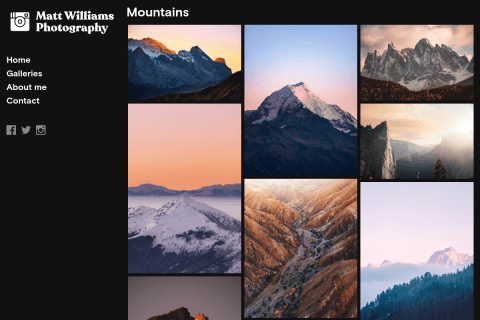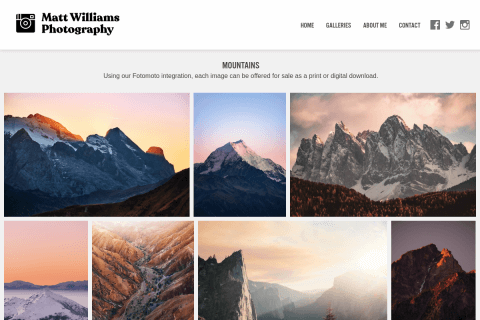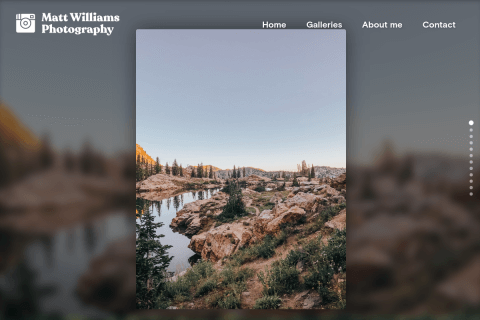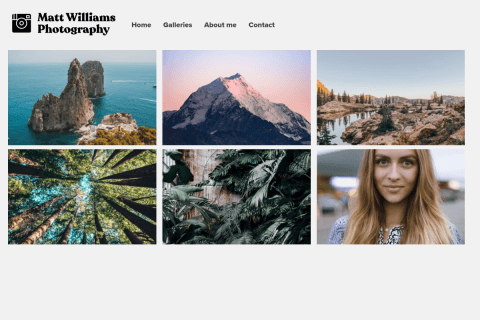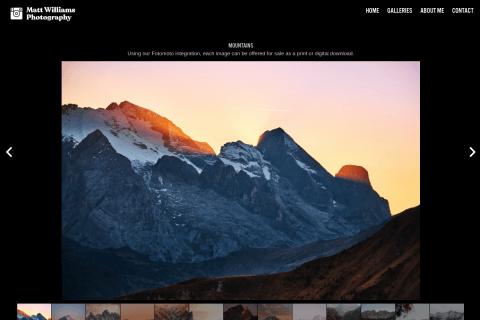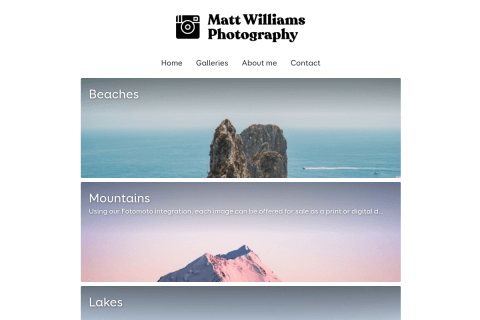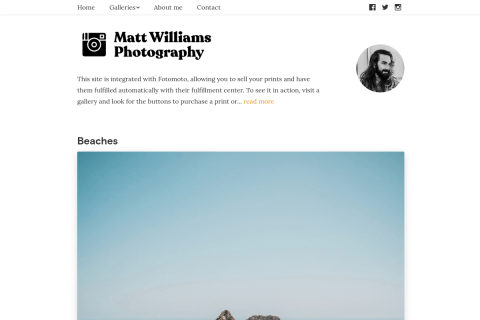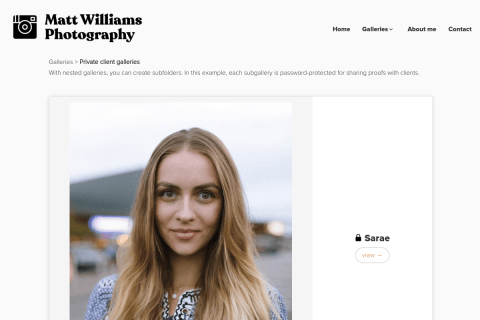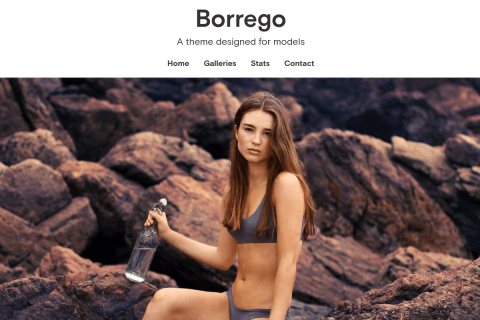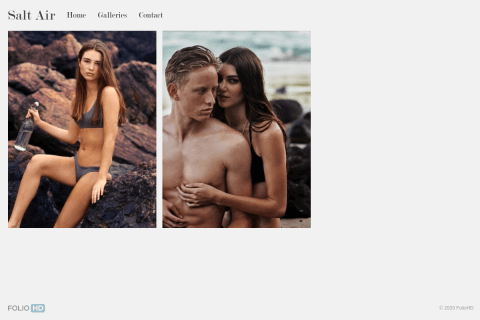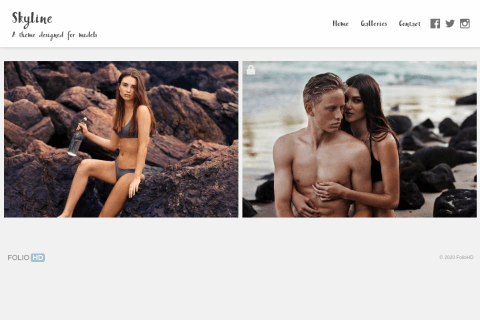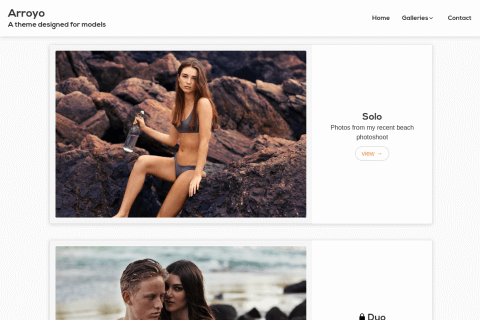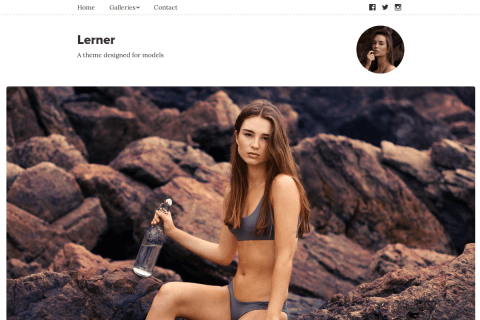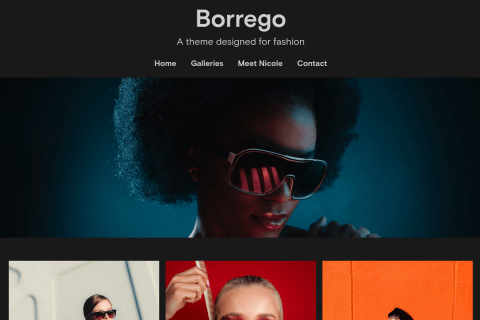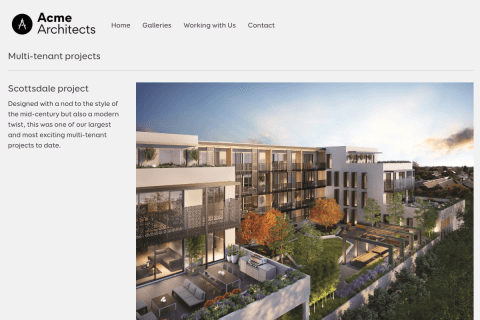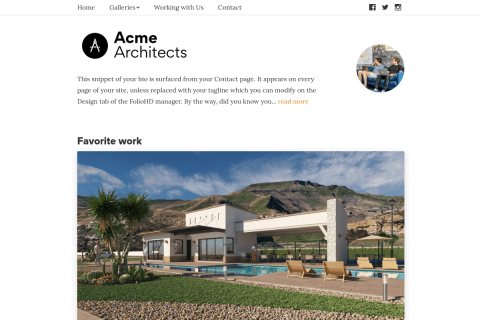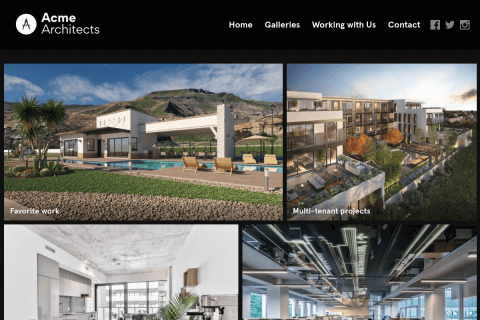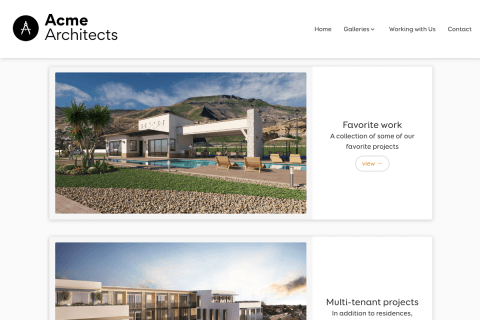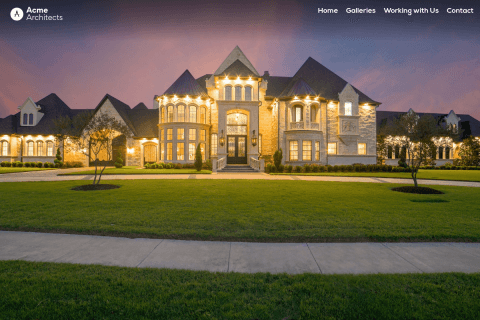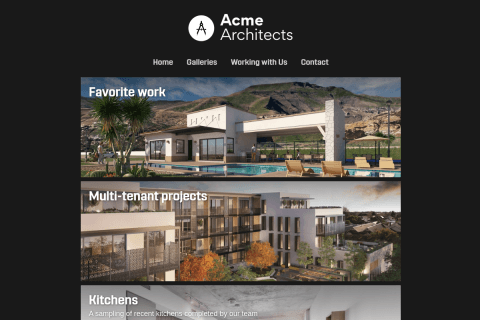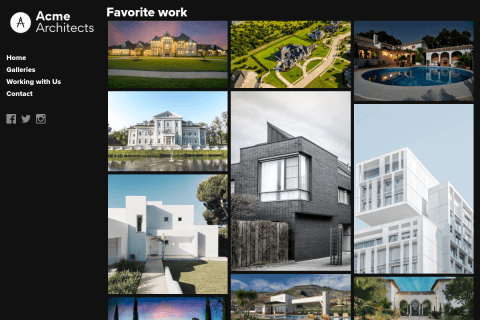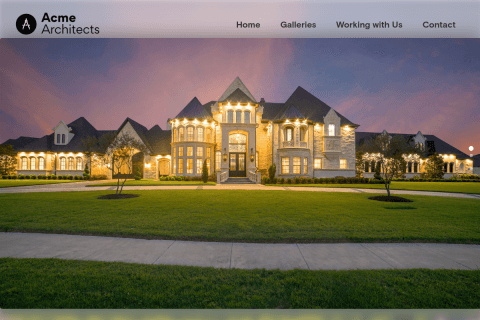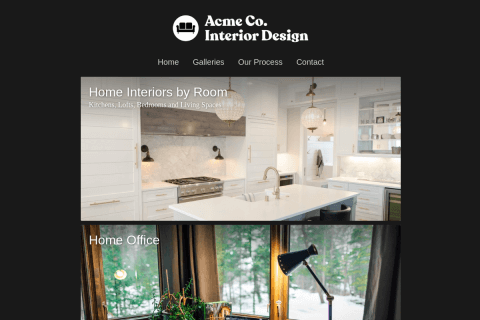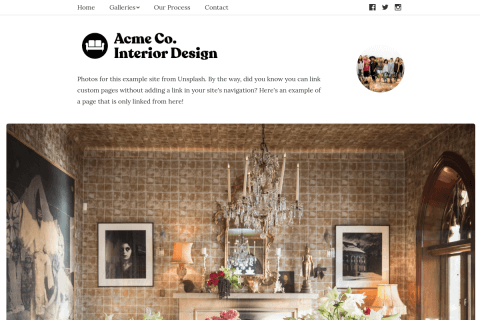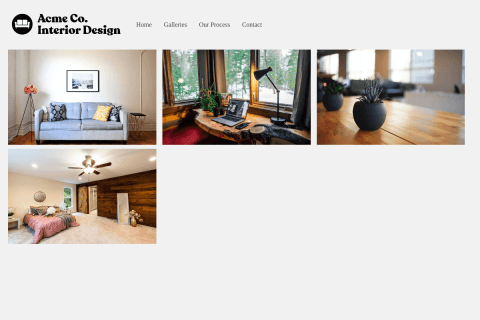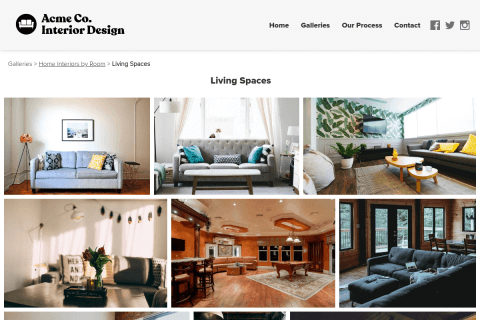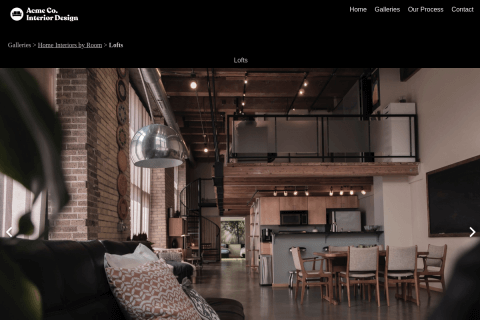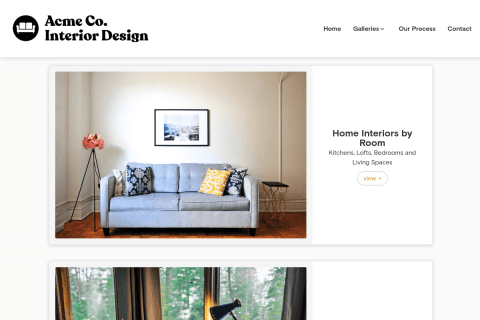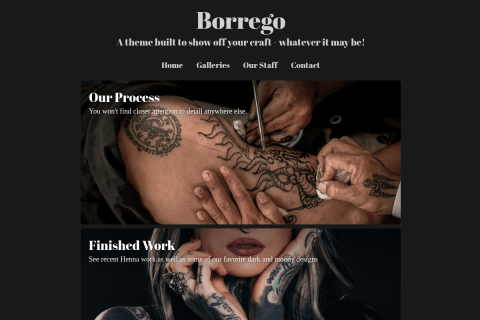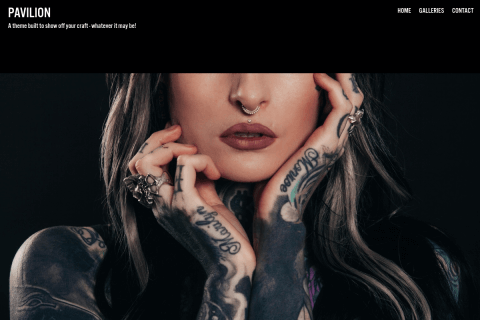
Chances are you don’t build websites for a living - you have more important things to do with your time, like perfecting your craft! And that’s why you use a website builder to create your website or portfolio. Great! BUT there’s one problem: There’s a secret to building a success portfolio or website that you likely aren’t aware of.
It’s important to craft your content so that it will perform.
What does that mean? Let’s unpack it.
Crafting Content

When building your portfolio, you are really likely focusing on three different kinds of visitors: Direct traffic, search engine traffic, AND search engines. Direct traffic refers to visitors who come to your site directly, either by typing it in their browser or by clicking a link. Search engine traffic refers to visitors who end up on your site by searching for something. For example, if you’re a wedding photographer, they might search “wedding photography in city, st”. On top of those visitors, you’re also crafting your content for non-human visitors; namely: search engines. These engines automatically crawl the pages of your site, looking for information that they’ll then use to catalog your site into their search rankings.
These three generic types of visitors are critical to keep in mind when assembling your portfolio. Why? All three types of visitors will be looking for certain types of information, and you should be prepared to give it to them in order to create a site that performs.
Content that Performs

By understanding these three kinds of visitors, we can dissect their goals and better provide detail about services for our site. Direct visitors are likely looking for pictures. Search visitors might be interested in pictures or pricing, for example. Search engines will be largely focused on text. Because search engines don’t have eyes, they’re constantly focused on reading the content to better understand why your site is important.
Given the fact that there is more than one typical visitor for your site, we can begin to sort out the types of information we should have on our sites.
Titles & Descriptions

Aside from upload pictures of our work, titles and descriptions are a great way to assist search engines in understand what something is all about. While a human might be solely interested in a picture, it doesn’t do any good if someone searching for that content can’t find it.
Titles and descriptions should be added to galleries and individual images or videos.
Location, location, location!

Now, more than ever, search engines are becoming aware of location. Ever search for “Starbucks” and you see results near you rather than a Starbucks half way across the country? Case in point.
Mentioning your location or services areas is critical for search engines to understand where your services are based.
Example: _“We offer photography services in Orange County - including cities like Irvine, Newport Beach and San Juan Capistrano - and surrounding areas like the greater Los Angeles Area.”_
Focus on your vertical(s)
Providing detail about your specific range of services is a great way to draw in search traffic. For makeup artists who have a range of services, it’s beneficial to discuss hair styling and fashion and wardrobe styling in addition to simply makeup. Be sure to use relevant info in titles and descriptions on individual images or galleries, and site-wide like a site title and a bio section.
Linking out to other sites

Many portfolio services offer the ability to connect other sites, like Facebook or Twitter. These days, many people want to see more than just a professional website - they want to know who someone is. (We’ve all heard of people not getting hired because of an unprofessional image on Facebook.) Be sure anything you’re linking to from your professional site reflects the same image.
Fortunately with privacy controls, it’s never been easier to segment information to different audiences on social sites. Got tagged in those drinking photos from college? Facebook allows you to prevent non-friends from easily discovering those images. Political rants? Mark them for “Friends” only on Facebook and they won’t be visible to the public. (Of course, the safest way to maintain a public image is to not post anything potentially compromising, but that’s up to you.)
Check your links to make sure they work

When you do link out to other sites, always always ALWAYS test them to make sure they work. It’s easy to misspell something, or sometimes websites require links to be entered in a specific format. After you add links, make sure to try clicking on them yourself to ensure they work. This is important for two reasons:
1) It doesn’t look professional if there’s a bad link.
2) Search engines will ding your site if there are invalid links because it poses a problem for visitors.
Talk in the first person
Be personable. Be friendly! Be approachable. The number one problem we see with portfolios is those who talk in an unapproachable voice. “Acme Photo Company is the leading photography business in America. They offer…” Instead, try: “At Acme Photo Company, we’d love to talk to you about how we can help increase your business and give you a professional image.”
Summary
If you don’t take away anything else from this article, remember this: Photos are great for people, text is great for search engines. As long as you balance both, you’ll be poised for success.
Next up: Demystifying SEO & optimizing portfolios for search engines
